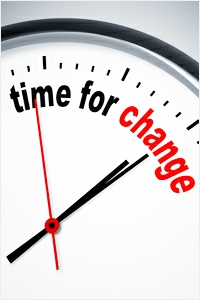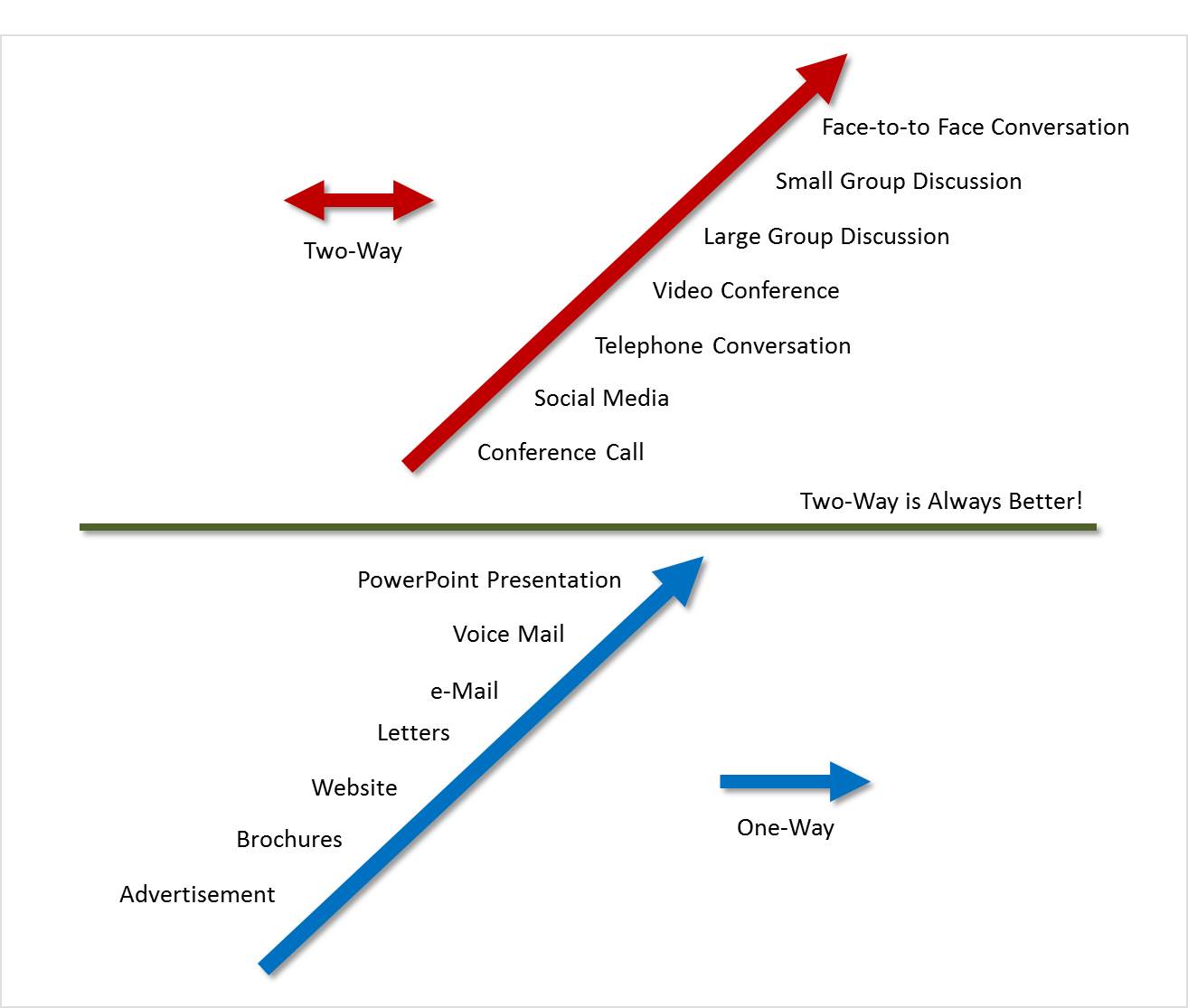If you are part of an executive team that is asking the question “how can we communicate our strategy” then the chances are you have already left it too late. Strategic change within an organisation or company has a facet that is peculiar to itself. That is, it has to be communicated to everyone and everyone wants to be involved, they want their say. Why is this case? Because strategic change will always have an impact on stakeholder groups and resistance will occur if people feel they are being forced to change. To communicate strategic change effectively, at the very least, the people impacted need to be involved.
Clearly in a medium to large organisation it would be impossible to involve everyone in strategic planning from the outset. Also, effective organisations and companies are not run by committees. The leadership team has a responsibility to look at the company, markets and customers to determine a strategic direction. But once a direction has been decided, these same leaders have a responsibility to pull together the most effective teams from the stakeholder groups to ensure that 1. the strategic direction is sound and 2. the right people are involved in decision making and brought along as part of the strategic planning process.
Strategic planning always results in a change management activity and as such requires the leadership team to understand and manage the impact on the people involved. Communicating strategic change to these individuals and groups should be a two-way dialogue. Two way communications are always better than one-way communication. As illustrated in the following diagram (adapted from “The ladder of Communication Effectiveness” Centre for Strategic Management 2005:
Once it is understood that two-way communications has to take place then the business of supporting the stakeholders with knowledge, resources and continuous reinforcement (which may be measurement) of the strategic plan can take place.
This will require that the following elements are communicated and provided to the stakeholders/strategic teams (they have now become part of the strategic team!):
The Vision: There has to be a very clear understanding about what the organisation/company wants to achieve. Without this, teams will be confused about the need to change.
A Plan/Roadmap: This will be developed but needs to be in place at an early stage. It will show how the vision will be achieved. Without a plan there is no benchmark to determine progress.
Capability Analysis: What capabilities are required to achieve the plan, where are the gaps? What will be put in place to cover any shortfall?
Resource Analysis: What are the tools, systems, data and facilities required to achieve the plan? Systems, people, and processes need to be aligned.
Incentives: What will be in place to ensure the workforce is motivated? Salary is not the only answer here, people want to feel engaged and they want to be challenged. Most of all, they want to be part of the process.
Urgency: Without a strong sense of urgency that the strategic plan is as important as any other plan, then it will always be put off because of the ‘day job’. The strategic plan must become part of the operational management process.
The key is to ensure you are clear and concise with your communications. Stick to the subject or task in hand and try not to deviate. In much the same way your strategic plan should be concise and to the point, your communication should be as well. It was well put by J. B. Preistley who said:
“The more we elaborate our means of communication, the less we communicate”.



